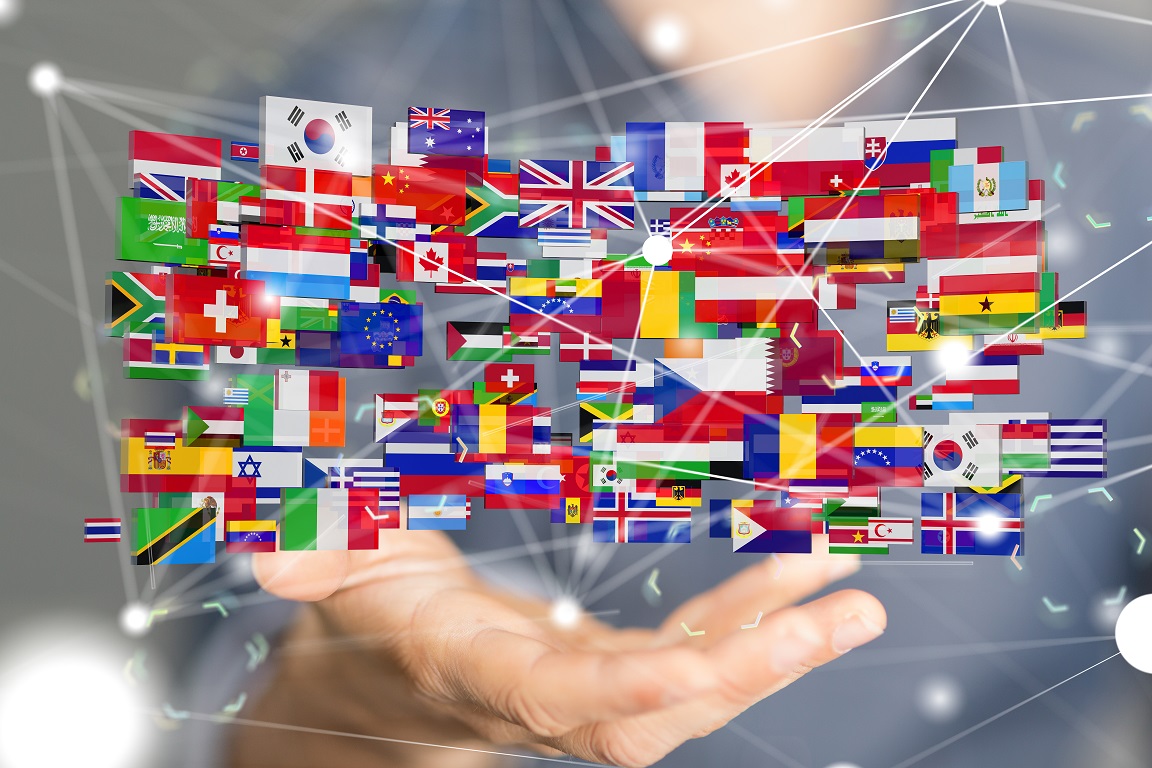
Communicate with Confidence Across Cultures
Contents
1. What is Language Localization
2. Why Do Businesses Use Localization
3. Why Localization Matters
4. Most In-Demand Languages for Localization
5. Industry Examples of Effective Localization
6. Your Next Step with MyPlanToday
1. What is Language Localization
Language localization is the process of adapting content not only into a different language, but also to reflect the cultural context, norms, and preferences of a specific audience. Unlike direct translation, localization considers:
• Idiomatic expressions
• Regional formatting (dates, numbers, currency)
• Local customs and behaviors
• Visual design and layout adaptations
For example, adapting a website for a Japanese audience may involve adjusting the layout for vertical text flow and incorporating culturally preferred colors and symbols.
2. Why Do Businesses Use Localization
Localization enables brands to deliver content that feels native to every user. It allows companies to:
• Enhance user experience through native-language interfaces
• Improve market reach by catering to local preferences
• Build trust by showing cultural sensitivity
• Meet legal and regulatory standards in different countries
Common Applications of Localization:
• Retail: Adapting product descriptions and currencies for regional e-commerce platforms
• Mobile Apps: Translating interfaces and tutorials for diverse user bases
• Customer Support: Providing help content and live support in multiple languages
• Healthcare: Translating medication instructions and patient education materials
3. Why Localization Matters
Localization is essential for any business looking to succeed in international markets. Here’s why it should be a priority:
• Stronger cultural connection: Audiences engage better with content that reflects their values
• Better ROI: Localized campaigns often see higher conversion rates and reduced bounce rates
• Competitive edge: Stand out from competitors who overlook regional differences
• Regulatory alignment: Avoid compliance issues by meeting local legal standards
By localizing your content, you’re not just translating words you’re translating meaning, experience, and trust.
4. Most In Demand Languages for Localization
Certain languages offer broader global reach and economic influence. Based on market size, here are key priorities:
• Mandarin Chinese: Essential for access to China’s massive consumer base
• Spanish: Spoken across 20+ countries with significant e-commerce potential
• Arabic: Widely used across the Middle East and North Africa
• French: Spoken in Europe, Africa, and Canada, with strong cultural diversity
• German: Critical for reaching central European markets
• Japanese, Korean, Portuguese (Brazil), Hindi: High growth opportunities in their respective regions
Your language strategy should align with your target audience and expansion goals.
5. Industry Examples of Effective Localization
Here’s how successful companies implement localization across industries:
• Shopify (E-commerce)
Shopify localizes its platform for merchants in over 175 countries, adapting not just language, but also payment gateways, shipping options, and tax regulations.
• Spotify (Media & Entertainment)
Spotify tailors music recommendations, playlists, and the user interface to reflect cultural trends, holidays, and language preferences in each region.
• Canva (SaaS & Design)
Canva offers a fully localized interface in over 100 languages and adapts templates to reflect regional holidays, color schemes, and document standards.
• Coursera (E-learning)
Coursera localizes its courses with subtitles, regionally relevant examples, and instruction in local languages to improve accessibility and learner engagement.
• Moderna (Healthcare)
Moderna localizes patient communication, vaccine details, and regulatory content to ensure clarity and compliance across global healthcare systems.
6. Your Next Step with MyPlanToday
Whether you are a business preparing to expand globally or an individual needing certified documentation, MyPlanToday offers a full suite of language services tailored to your needs.
We provide:
• End to end localization for websites, software, marketing, and platforms
• Certified translations for legal, medical, academic, and immigration documents
• Notarized translations accepted by courts, government agencies, and embassies
• Interpretation services for corporate, legal, healthcare, and personal needs
With expertise in over 120 languages, MyPlanToday helps you communicate clearly, confidently, and effectively across borders.
Contact our team today to learn how our localization, translation, and interpretation solutions can support your goals.
